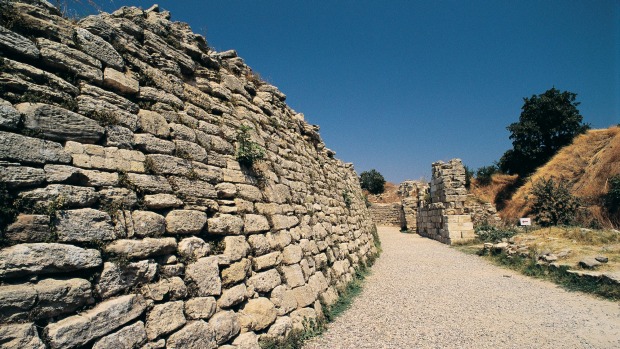
Standing on the highest point of the ancient ruins of Troy, my sons and I gaze over a rich agricultural plain towards the Dardanelles, dividing Asia from Europe.
Sixteen kilometres away, we can see the southern tip of the Gallipoli peninsula with its memorials to the Allied troops who died a century ago.
Around 3200 years separated the two battlefields. Yet the geographical proximity of Troy and Gallipoli shows little has changed in human nature.
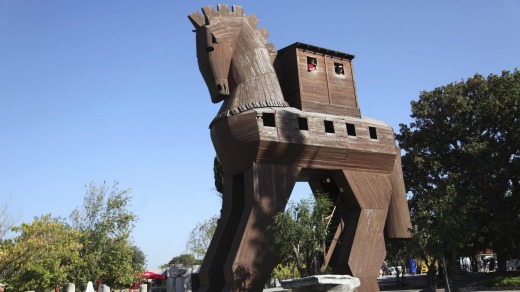
Troy has been firing the imagination of visitors for 5000 years, our English-speaking guide tells us.
"Xerxes, the Persian king, came here on his way to fight the 300 Spartans at Thermopylae," Aykut Degre says. "He sacrificed 1000 bullocks on these altars. Alexander the Great danced naked around the burial mound of Achilles, that hill you see near the ocean.
"Julius Caesar came, tracing his ancestry back to Troy through Aeneas, the Trojan prince who escaped the night Troy was defeated. So did Augustus. He ordered these Roman baths to be built, and the Odeon theatre over there. The Romans knew this was the site of Homeric Troy. They believed they were the descendants of the Trojans."
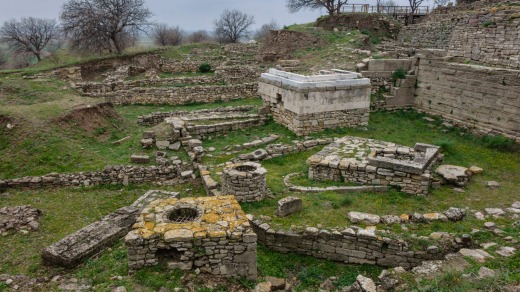
Which begs an obvious question. If Romans were still living here in Christ's time, why did it disappear from the map for 1500 years, buried under a mountain of dirt?
The story of how Troy was rediscovered in 1871 by Heinrich Schliemann, a wealthy German, and Frank Calvert, an English diplomat, is one of the greatest romantic sagas of archaeology.
Calvert identified a nondescript hill in the village of Hisarlik as the most famous lost city in history, beginning excavations in 1865. But it was Schliemann's money which allowed him to take over the excavations and make the eventual discovery.
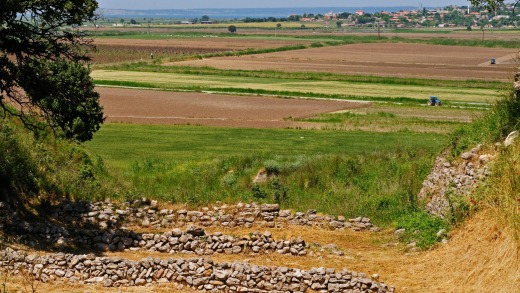
Aykut shows us the huge trench Schliemann drove though the centre of Calvert's hill, pointing out the different layers which represent the nine separate cities – Troy I to Troy IX which were built, one on top of another, from 3000 BC to 500 AD.
Sadly Schliemann not only discovered Troy, but ruined it. Having incorrectly identified Troy II as the city of Priam and Hector, he destroyed the remains above it. Most experts now believe Troy VIII, from around 1300 BC, inspired Homer.
"Do you know who Homer is?" Aykut asks my sons when we arrive at the site. "Yes, of course," replies the 11-year-old, indignantly. "He's Bart Simpson's dad."
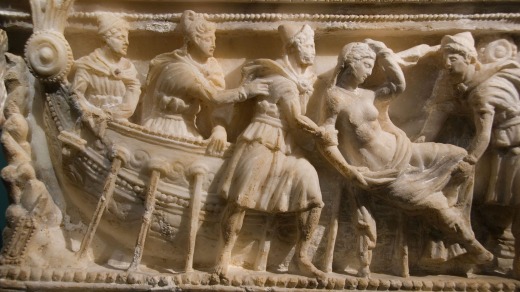
Most of us know Homer's version of the Trojan Wars. How Paris' abduction of Helen, wife of the Greek Menelaus, triggered a 10-year siege of Troy. How Ulysses fooled the Trojans into thinking a huge wooden horse was a peace offering. And how the jubilant Trojans failed to realise Greek soldiers were hiding inside. ("How dumb were those Trojans?" says my 13-year-old.)
"Actually there's no mention of the wooden horse in the Iliad," Aykut points out. "A horse is left behind in Homer's Odyssey, as an offering to the Gods, but that's only after Troy has been destroyed by fire."
Of course there's a huge wooden horse at the entrance to Troy now, which the boys climb for the obligatory photo. (At least this one looks like a horse. Another on the drive from our hotel in Canakkale is known to locals as "the Wooden Alpaca".)
"The reality of Troy is that it was one of the oldest, continually occupied cities in human history," says Aykut. "People lived here for 4000 years, because it dominated entry to and from the Hellespont."
As we walk around the incredibly impressive site, Aykut points out the different construction techniques used by the succeeding generations of Trojans.
What's amazing is how some of the oldest walls show reveal mastery of a complex level of extraordinary craftsmanship. The Ancient Greeks called Troy "the City of the Gods", Aykut explains. They had never been able to build anything as durable or earthquake-resistant as these massive, inward-slanting ramparts.
"When the Trojans built these walls, 95 per cent of the world's population was still living in caves," Aykut says. "Yet these walls are still standing."
We pause at the remains of the temple, used and added to over the centuries by the Trojans, the Greeks and the Romans.
But the true clincher that this is a truly extraordinary site of human accomplishment is the grand entrance to the city walls of Troy II.
"Look at that wide slope," says Aykut. "Why did the Trojans built that? It's capable of taking horse-driven carts. But they built it long before man had mastered the horse.
"Perhaps the Greeks were right. Perhaps it really was a city of the gods."
Archaeological Site of Troy
Singapore Airlines flies from Sydney and Melbourne to Istanbul, see singaporeair.com. Hire a car in Istanbul or take one of the coaches which travel regularly between Istanbul bus station to Canakkale, on the east coast of the Dardanelles.
There is a wide choice of hotels in Canakkale, 30 kms north of Troy. Boronia Travel Centre can arrange tours and accommodation; see boroniabattlefieldtours.com.au